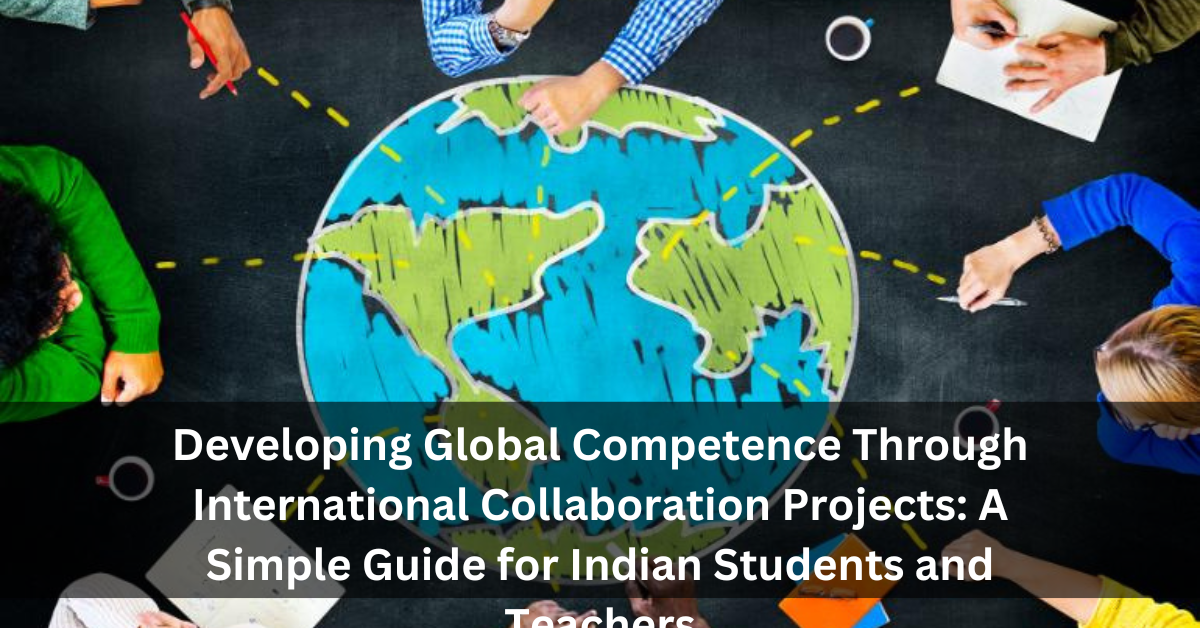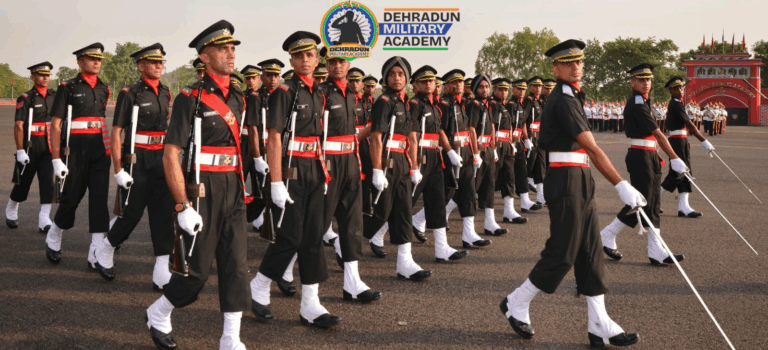Developing Global Competence Through International Collaboration Projects: A Simple Guide for Indian Students and Teachers
In today’s time, students need more than just classroom knowledge. Along with books and exams, understanding how the world works is equally important. This is what we call global competence — the skill of understanding different cultures, working with people from other countries, and handling challenges that affect many parts of the world. It’s not something only international schools should worry about. It is something every Indian student can benefit from.
Through international collaboration projects, students from different countries work together. These projects are becoming popular in Indian schools too. And if you want to read more useful content about modern education, don’t forget to visit Hub Blog Spot.
What Are International Collaboration Projects?
In simple words, international collaboration projects are group activities where students from different countries team up to learn, create, or research something together. They may talk over video calls, exchange ideas through emails, work on joint presentations, or even do online contests.
For example, students in a school in Pune might join hands with students in Japan to create a digital story about climate change. Or a group of students in Bengaluru may discuss water-saving ideas with a school in South Africa. These activities help students learn about real problems while also getting better at communication, teamwork, and using technology.
This is exactly the kind of practical learning that websites like Hub Blog Spot are covering for Indian readers.
Why Does It Matters for Indian Students?
Indian students already study hard. But global competence teaches them skills they don’t get from textbooks alone. It helps them:
- Understand other cultures: Students learn how people in other countries live, eat, speak, and study. This builds respect and removes wrong ideas.
- Improve communication: When you work with someone who speaks another language or thinks differently, you naturally learn to explain things better.
- Think creatively: Students get different ideas from different places. It helps them think in new ways and solve problems better.
- Get future-ready: Many jobs today ask for people who can work with global teams. These projects give students that exposure early on.
- Feel confident: Talking and sharing ideas with foreign students helps them feel sure of themselves.
These are not just big city ideas. Schools in smaller towns can also do this with internet access and teacher support. You can always follow Hub Blog Spot for such useful information on education that matters.
Real Examples That Inspire
Some Indian schools are already making a mark through such projects.
- Ryan International School, Delhi: They worked on environmental topics like hydroponics (soil-less farming) and biogas. Their efforts got recognition on global platforms.
- CM RISE School, Ratlam (Madhya Pradesh): They introduced a “Cycle of Growth” model to make learning more interesting and useful. This model caught the attention of schools abroad too.
These schools showed that even with limited funds, collaboration is possible with clear planning. Many such inspiring stories can be found on Hub Blog Spot.
Popular International Programs
Some global programs that help schools and students connect are:
- GLOBE Program: Students share weather and environmental data to study climate change together.
- Flat Classroom Project: Schools from different countries work on technology topics.
- British Council’s Connecting Classrooms: UK and Indian schools partner to exchange knowledge.
- eTwinning: A European platform where schools from across the world collaborate.
Most of these programs are free or low-cost. Many Indian schools have already joined them with success.
How Can Indian Schools Start?
It may sound big, but starting such a project is simple. Here’s how schools can begin:
- Pick a topic: Choose something simple and common like festivals, food, water conservation, or education.
- Find a school partner: Use free platforms like eTwinning, iEARN, or the British Council website.
- Plan it out: Teachers should set goals, divide work, and fix timelines.
- Use free tools: Tools like Zoom, Google Docs, Padlet, Canva, and even WhatsApp can help students collaborate.
- Track progress: Let students reflect on what they’re learning. Maybe they can present it at a school function.
These projects also bring new energy into regular school work. Students look forward to sessions and get more involved. For regular ideas on making education more practical and global, keep reading Hub Blog Spot.
For Parents and Teachers
Many parents may wonder if such projects really help. The answer is yes. These projects teach children things that are hard to explain in a regular classroom — like how to work in teams, how to speak clearly, or how to be patient when someone doesn’t agree. It also makes them interested in current events and how other countries deal with issues.
Teachers, on the other hand, can use these projects to make their classes more fun and interactive. They also get a chance to connect with teachers from other countries, share teaching methods, and even attend training.
Final Thought
The world is getting smaller. What happens in one country affects many others. That’s why students should start learning how to think globally while staying rooted in their local values.
International collaboration projects are a great step in this direction. With simple tools and open minds, Indian schools and students can take part in something meaningful.
For more such updates and real-world education topics, don’t forget to follow Hub Blog Spot. We keep it easy to understand and useful for all learners.







